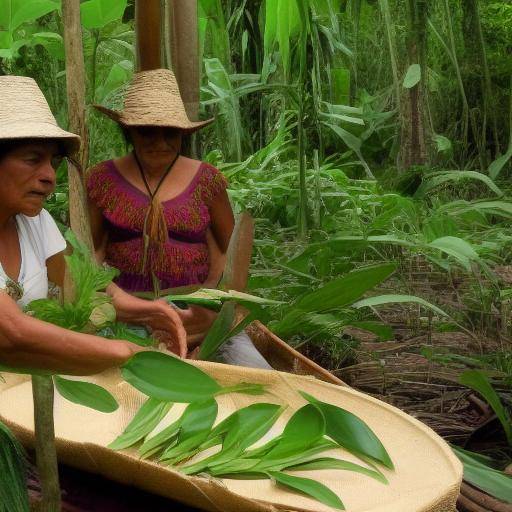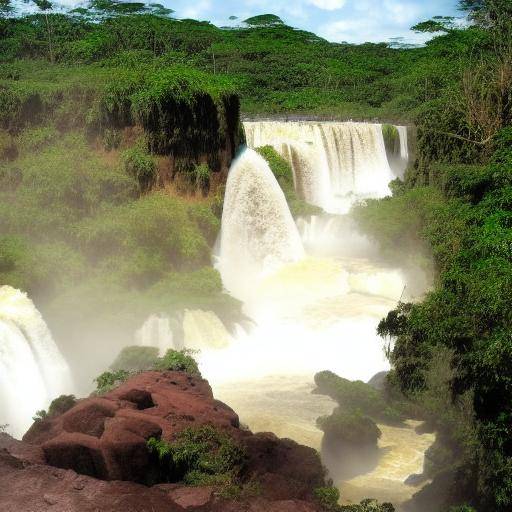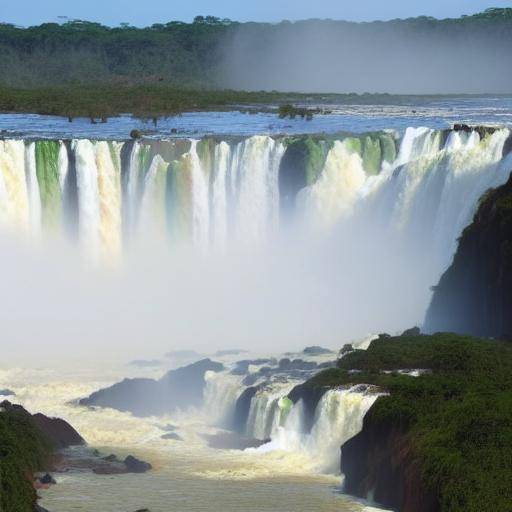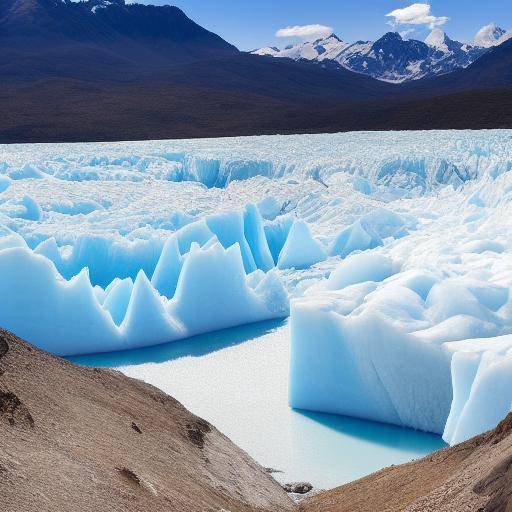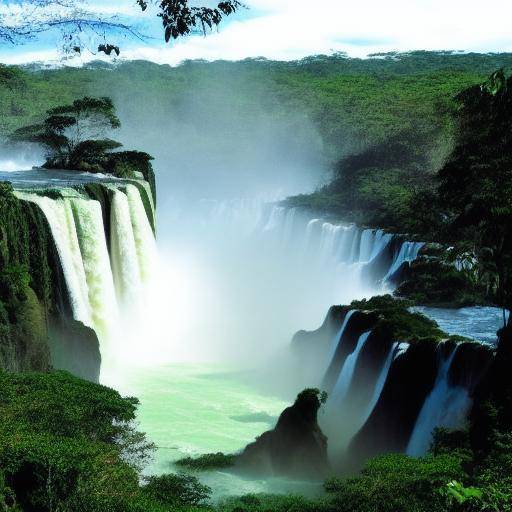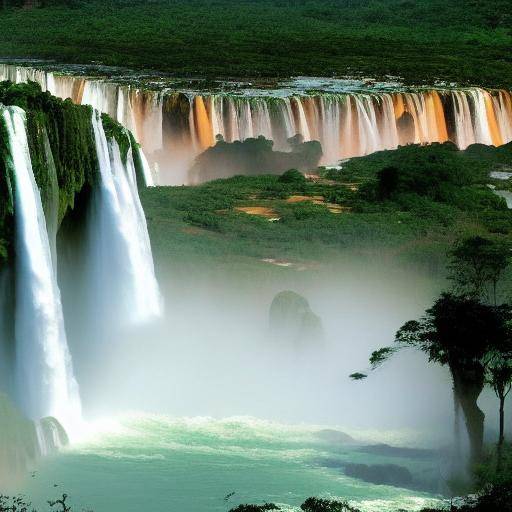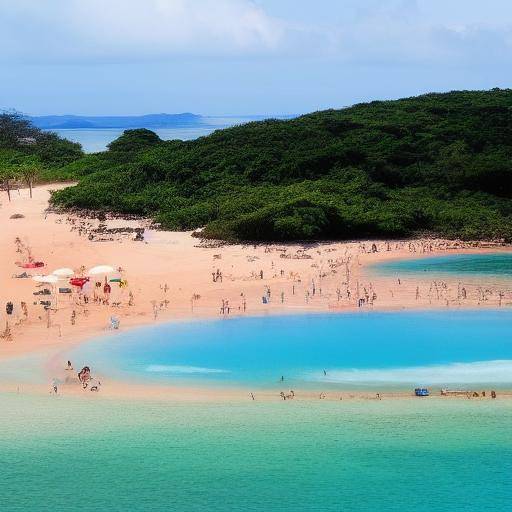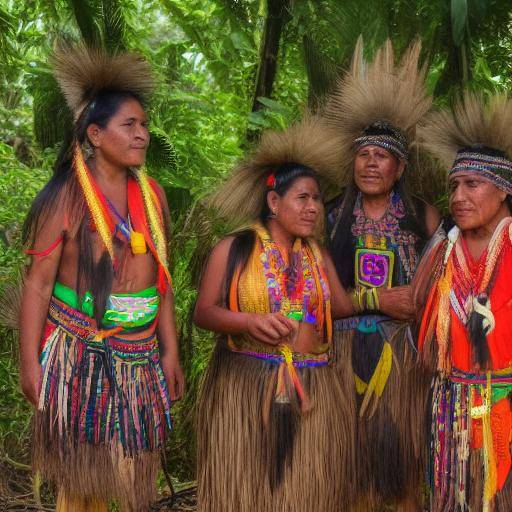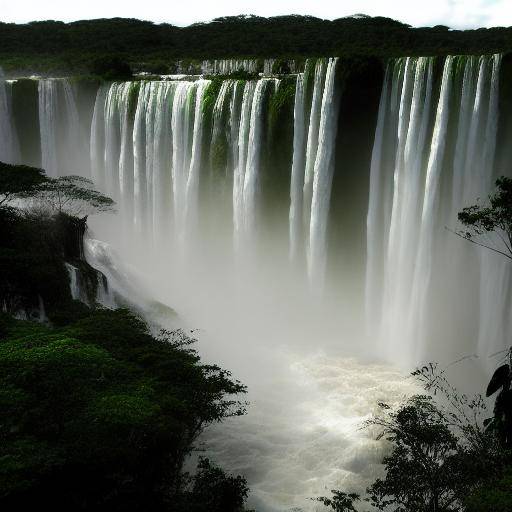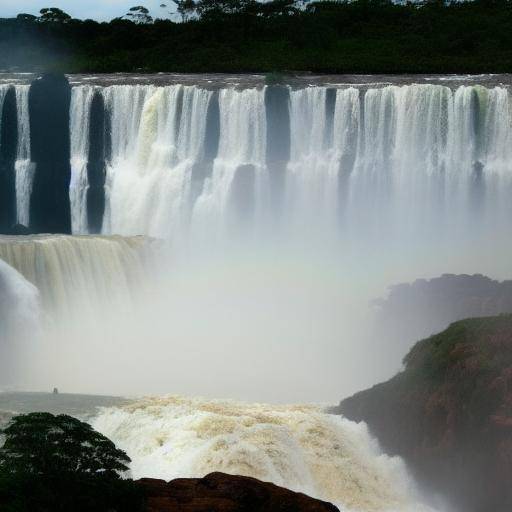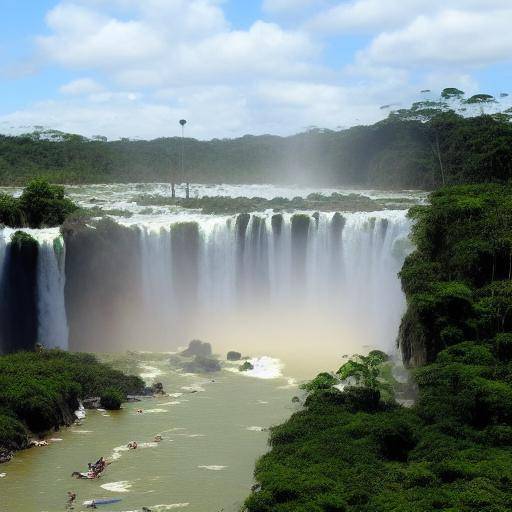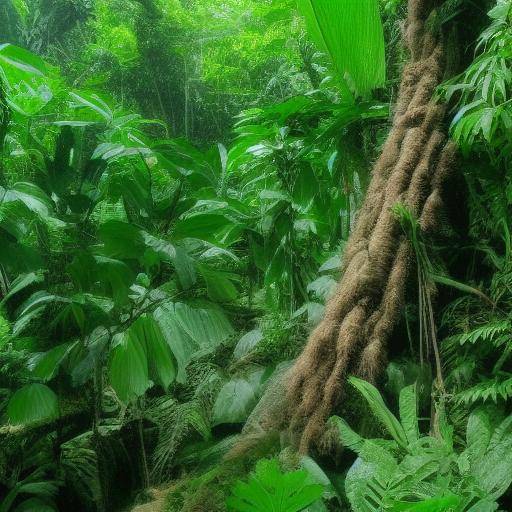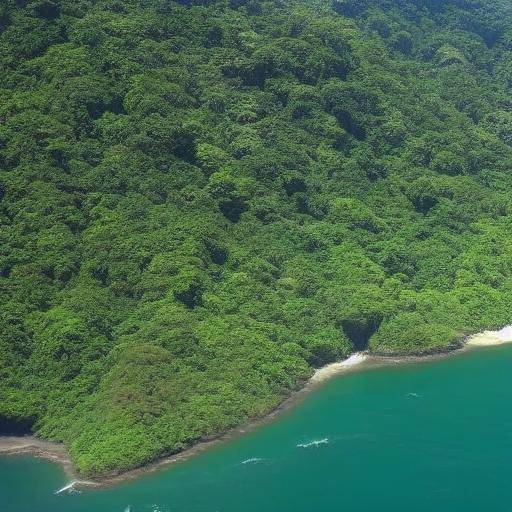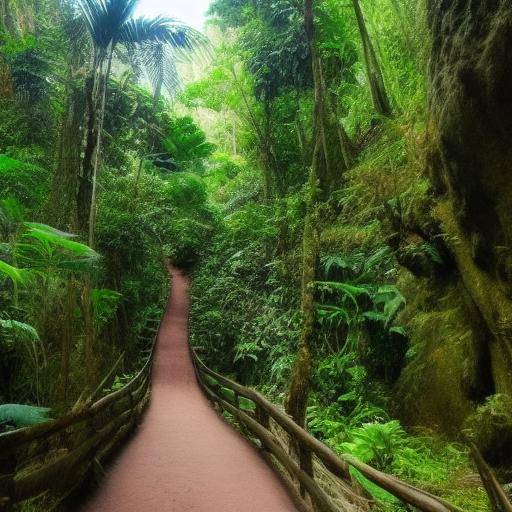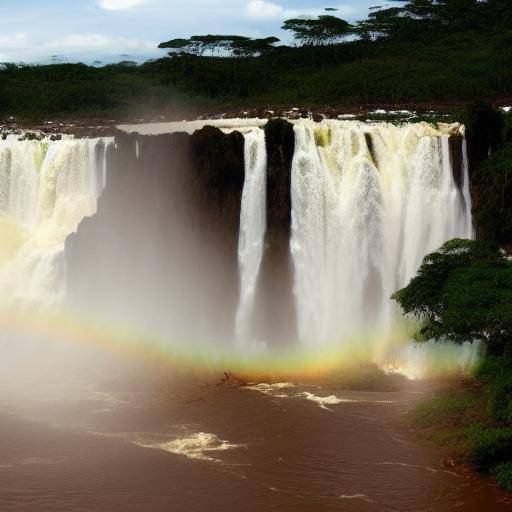
The planet is full of stunning natural wonders, and one of the most iconic is undoubtedly the Iguazú Falls. These majestic waterfalls extend along the border between Argentina and Brazil, forming an incomparable beauty show. In this article, we will explore the differences and similarities between the Argentine side and the Brazilian side of the Iguazú Falls. From history and geography to the unique experiences that each side offers, we will discover what makes every part of this natural heritage unique and special.
Iguazú Falls: A Natural Wonder
Iguazú Falls are an amazing show of Mother Nature that attracts visitors from all over the world. Located both in the Iguazú National Park in Argentina and in the Iguaçu National Park in Brazil, these cataracts are the result of a complex network of 275 water jumps that extend over almost 3 kilometers. The rainbows, lush vegetation and coarse roaring of water create a unique experience that leaves the wonderful visitors.
History and Background
The Iguazú Falls have a rich history that dates back to time immemorial. The Guaraní tribes, native to the region, already venerated these waterfalls before the arrival of Europeans. The first European to document the cataracts was the Spanish explorer Álvar Núñez Cabeza de Vaca in 1541. Since then, the cataracts have been a point of interest for both naturalists and tourists.
The development of tourist infrastructure on both sides began in the mid-20th century, allowing visitors to explore the wonders of the falls from different perspectives. Today, national parks in both countries work together to preserve this invaluable natural heritage and offer an unforgettable experience to visitors.
Iguazú Falls: Argentine Side
The Argentine side of the Iguazú Falls offers an immersive experience that allows visitors to be surrounded by the greatness of the falls. The winding trails and the elevated walkways lead visitors to strategic points that provide panoramic views of the falls and surrounding islands.
Highlights
- Devil's Pendant: One of the most imposing points of the cataracts, where visitors can approach the biggest fall and feel the strength of the water.
- Superior Circuit: It offers panoramic views from the top of the falls, ideal for capturing stunning photographs.
- Circuit Inferior: Allows visitors to approach the river level and experience the magnitude of the falls from below.
Unique experiences
The Argentinian side also offers activities such as boat trips that take visitors near the waterfalls, hiking through the jungle and observing the local fauna, such as monkeys, birds and butterflies.
Iguazú Falls: Lado Brasileño
The Brazilian side of the Iguazú Falls offers a more panoramic view of the cataracts as a whole, allowing visitors to appreciate the magnitude and grandeur of this natural phenomenon. The trails and walkways on the Brazilian side offer spectacular views including the famous Devil's Gorges.
Highlights
- Main Gateway: It offers a front view of the falls, ideal to observe the entire cascade system.
- Observation tower: Provides an elevated view of the falls and the surrounding landscape.
- Paseo Macuco: A boat tour that takes visitors to the base of the cataracts, offering an exciting and wet experience.
Unique experiences
The Brazilian side is known for its helicopter rides, which offer an impressive air perspective of the falls and the rainforest. In addition, Iguaçu National Park has modern visitor centers and interactive displays on local flora and fauna.
Differences and similarities between the two sides
Variances
- Perspective and Views: The Argentine side offers a closer and immersive experience, while the Brazilian side provides spectacular panoramic views.
- Access and Travel: The Argentine side has more trails and walkways, allowing a more detailed exploration of the falls. The Brazilian side has shorter routes but offers wider views of the waterfalls.
- Activities: Both sides offer exciting activities, but the Argentine side focuses more on the proximity with waterfalls, while the Brazilian side highlights air views and boat tours.
Similarities
- Natural Spectacle: Both sides offer the opportunity to marvel at the immense beauty of the Iguazú Falls and enjoy the rich biodiversity of the region.
- Conservation and Sustainability: Both Argentina and Brazil work together to preserve and protect this natural heritage, promoting sustainable tourism and environmental education.
- Tourist Attraction: Iguazú Falls, on both sides, are a world-renowned tourist destination that attracts millions of visitors every year.
Practical Tips for Visitors
Preparation and Equipment
- Clothing and Footwear: Use comfortable clothes and footwear suitable for walking, as exploring the waterfalls involves walking several paths.
- Solar and Repellent Protection: Take sunscreen, a hat and insect repellent to protect you from the sun and mosquitoes.
- Camera: Do not forget your camera or smartphone to capture the stunning views.
Planning of the Visit
- Visiting time: Dedicates at least one full day to explore each side of the falls.
- Tickets and Hours: Purchase tickets in advance and check the opening hours of the national parks.
- Guides and Tours: Consider hiring a guide or joining a tour to get a more enriching experience.
Conclusion
The Iguazú Falls, whether from the Argentine side or the Brazilian side, offer an unforgettable experience that allows visitors to connect with the imposing force of nature. Each side presents its own unique perspective, from the immersive experience of the Argentine side to the panoramic views of the Brazilian side. Together, these two sides form an incomparable natural show that highlights collaboration among nations to preserve one of the most impressive natural wonders in the world.
Exploring both the Argentine side and the Brazilian side of the Iguazú Falls is an opportunity to fully appreciate the magnificence of this natural phenomenon. Discover the beauty and majesty of the Iguazú Falls and experience an experience that you will remember forever!

